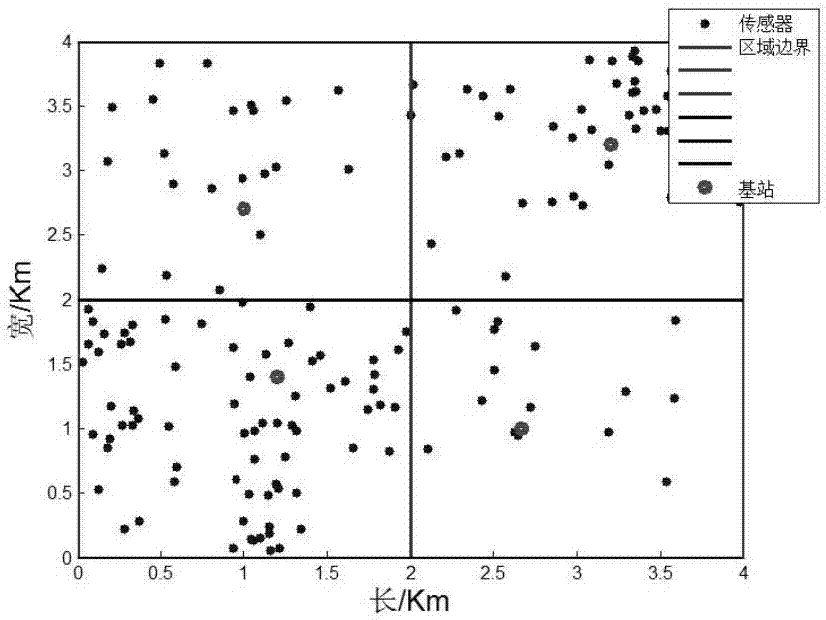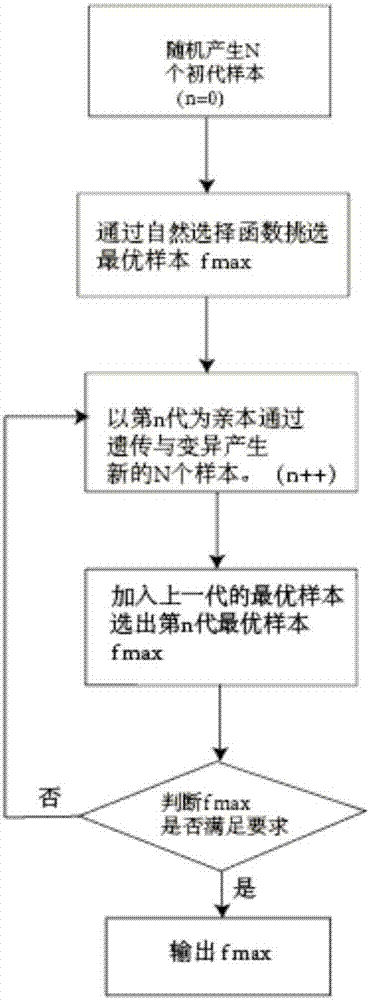Genetic algorithm-based three-dimensional static wireless sensor network deployment method
A wireless sensor network and genetic algorithm technology, applied in wireless communication, network topology, network planning, etc., can solve problems such as coverage, poor connectivity, energy consumption, and high cost, and achieve accelerated convergence, high practical value, and network performance. The effect of low consumption
- Summary
- Abstract
- Description
- Claims
- Application Information
AI Technical Summary
Problems solved by technology
Method used
Image
Examples
Embodiment Construction
[0063] In order to make the object, technical solution and advantages of the present invention clearer, the present invention will be further described in detail below in conjunction with the accompanying drawings and embodiments. It should be understood that the specific embodiments described here are only used to explain the present invention, not to limit the present invention.
[0064] Because the forest covers a very large area, we divide the forest into regions, and perform genetic algorithm on each region. After the genetic algorithm, a minimum spanning tree is generated to find the optimal base station location. Connecting base stations will reduce the complexity of our research. , and at the same time achieve better forest monitoring purposes.
[0065] (1) According to the geographical environment of the forest, such as obstacles, tree density, terrain and other factors, the three-dimensional space of the target forest area is divided into several areas, such as figu...
PUM
 Login to View More
Login to View More Abstract
Description
Claims
Application Information
 Login to View More
Login to View More - R&D
- Intellectual Property
- Life Sciences
- Materials
- Tech Scout
- Unparalleled Data Quality
- Higher Quality Content
- 60% Fewer Hallucinations
Browse by: Latest US Patents, China's latest patents, Technical Efficacy Thesaurus, Application Domain, Technology Topic, Popular Technical Reports.
© 2025 PatSnap. All rights reserved.Legal|Privacy policy|Modern Slavery Act Transparency Statement|Sitemap|About US| Contact US: help@patsnap.com



